As humans, we are drawn to places where we can live in close proximity to other people and tons of amenities. When it comes to residential areas, the two most popular options are urban and suburban. Urban areas are densely populated areas with lots of people, tall buildings, departmental stores, and public transportation. Suburban areas are residential areas located outside of cities that have more space, single-family homes, shops, and parks. While urban and suburban are different communities, they share some similarities.
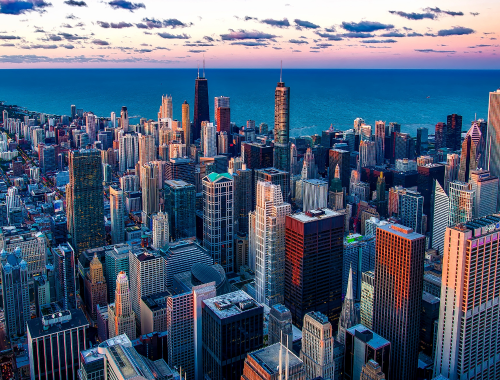
What is urban community?
Urban areas refer to towns, cities and suburbs with a high population density and an infrastructure of built environment. Urban areas typically are densely populated areas with lots of people who live in close proximity to each other. Cities and towns are common examples of urban communities. Urbanization is characterized by high-rise buildings, commercial centers, shopping complexes, departmental stores, supermarkets, public transportation systems, and a diverse population.
Urban communities are developed regions where majority of inhabitants have anything but agricultural jobs. Urban people typically live a fast-paced life with a little or no contact with the nature. In fact, urban community is known for their energy vibrancy, and fast-paced lifestyle. Almost all settlements serve more than one function and there is little agricultural land use.
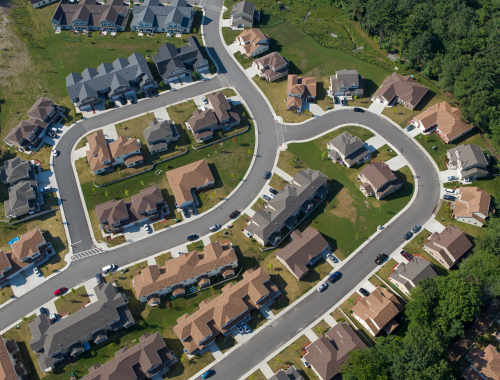
What is suburban community?
Suburban areas refer to low density areas that are characterized by single-family homes, poor street connectivity, lack of activity centers and downtowns, and separate office buildings. These are residential areas located on the outskirts of cities and are typically less densely populated than cities. Suburban communities are often familial and slow-paced. They are an outlying city or neighborhood conveniently located away from the city’s hustle and bustle.
There are lots of houses in a suburban area, but not as many buildings and commercial spaces as urban areas. There are shopping centers and recreational facilities, but they are known for their peaceful and family-oriented environment. People in suburban areas typically prefer a quiet life, away from the city noise and close to nature. Suburban areas are synonymous with families, but not necessarily. They do have a fairly large population.
Similarities between Urban and Suburban
- Infrastructure – While urban and suburban are different communities, they share common characteristics in terms of infrastructure. Both the areas have a well-developed infrastructure with lots of residential area, office buildings, commercial centers, and recreational facilities. In addition, both provide easy access to public transportation as well as highways and other modes of transportation. This makes it easy to move in and around the city or town.
- Population – Both urban and suburban areas are home to a diverse population and are identified by a unique cultural landscape. People from various backgrounds, cultures, and ethnicities live in close proximity to one another in urban areas. People from various income levels and social classes frequently coexist in suburban areas. Suburban areas are often quieter than the city, but more developed than the rural countryside.
- Access to basic amenities – Both are fairly developed regions with a cluster of properties, including residential communities, office buildings, commercial centers, and recreational facilities. Both offer easy access to basic amenities such as hospitals, schools, shopping centers, and entertainment facilities. The types of amenities, however, can vary. While there is less crowd in a suburban area, there is no short of the basic amenities they offer.
Summary
To sum it all up, the living environments of urban and suburban communities differ, but they also share some common characteristics. Both urban and suburban areas provide basic amenities, have a diverse population, and have well-developed infrastructure. Finally, the ultimate decision of whether to live in the city or the suburbs comes down to personal preferences and priorities. Also, both offer access to important services like hospitals, schools, public transportations, and entertainment venues.
FAQs
What are the similarities and differences of urban and suburban?
Common characteristics include a well-developed infrastructure, access to basic amenities and important services, a diverse population, while their differences lie in their density, environment, and lifestyle. While urban people typically prefer a fast-paced lifestyle, suburban people prefer a quiet life away from the city’s hustle and bustle.
What are the similarities and differences between rural and urban life?
Rural and urban life is similar in terms of access to basic amenities and important services such as healthcare and education, but they differ in terms of population density, infrastructure, and lifestyle.
How is urban suburban and urbanization related?
Urbanization refers to the concentration of a large population in relatively small regions, which often leads to the expansion and growth of suburban regions as well.
What are 5 similarities between urban and rural areas?
One common difference is that poverty exists in both urban and rural areas. In addition, both offer access to basic amenities and are home to a diverse population. Other common characteristics include infrastructure, transportation and environmental challenges.
What are the similarities and differences between urban and rural poverty?
Both urban and rural poverty are characterized by a lack of resources, limited job opportunities, and social inequality, but their causes and solutions differ.
What is a mix between suburban and urban?
An exurb is a relatively large residential community that is a mix of characteristics of urban and suburban. An exurb is an area beyond the suburbs but maintains a connection to the metropolis through services and jobs.
What is the connection between urban and rural areas?
Urban and rural areas are connected through the exchange of goods, services, and people, which creates an interdependent relationship that supports their mutual economic growth and development.
Is suburbanization and urbanization the same thing?
Suburbanization is the expansion of suburban areas around cities, whereas urbanization is the expansion and development of urban areas themselves. So, they are not the same thing.


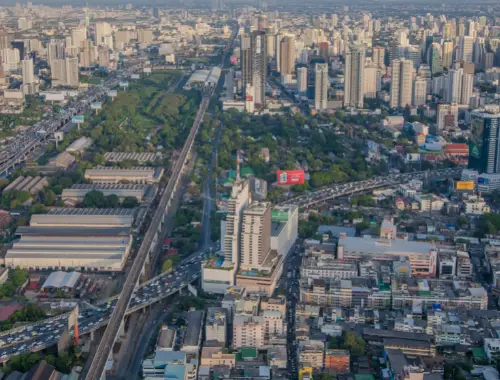
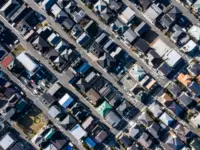


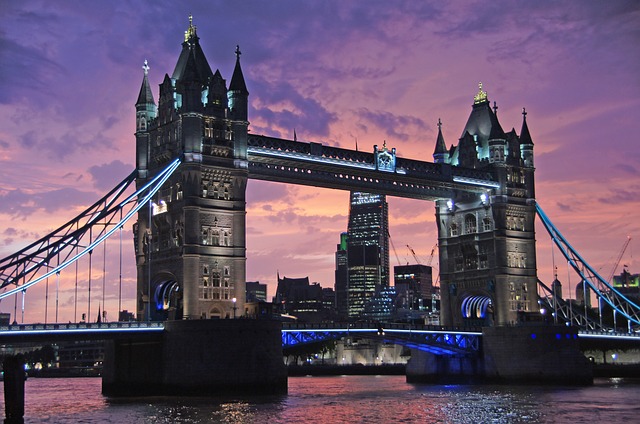





Leave a Reply